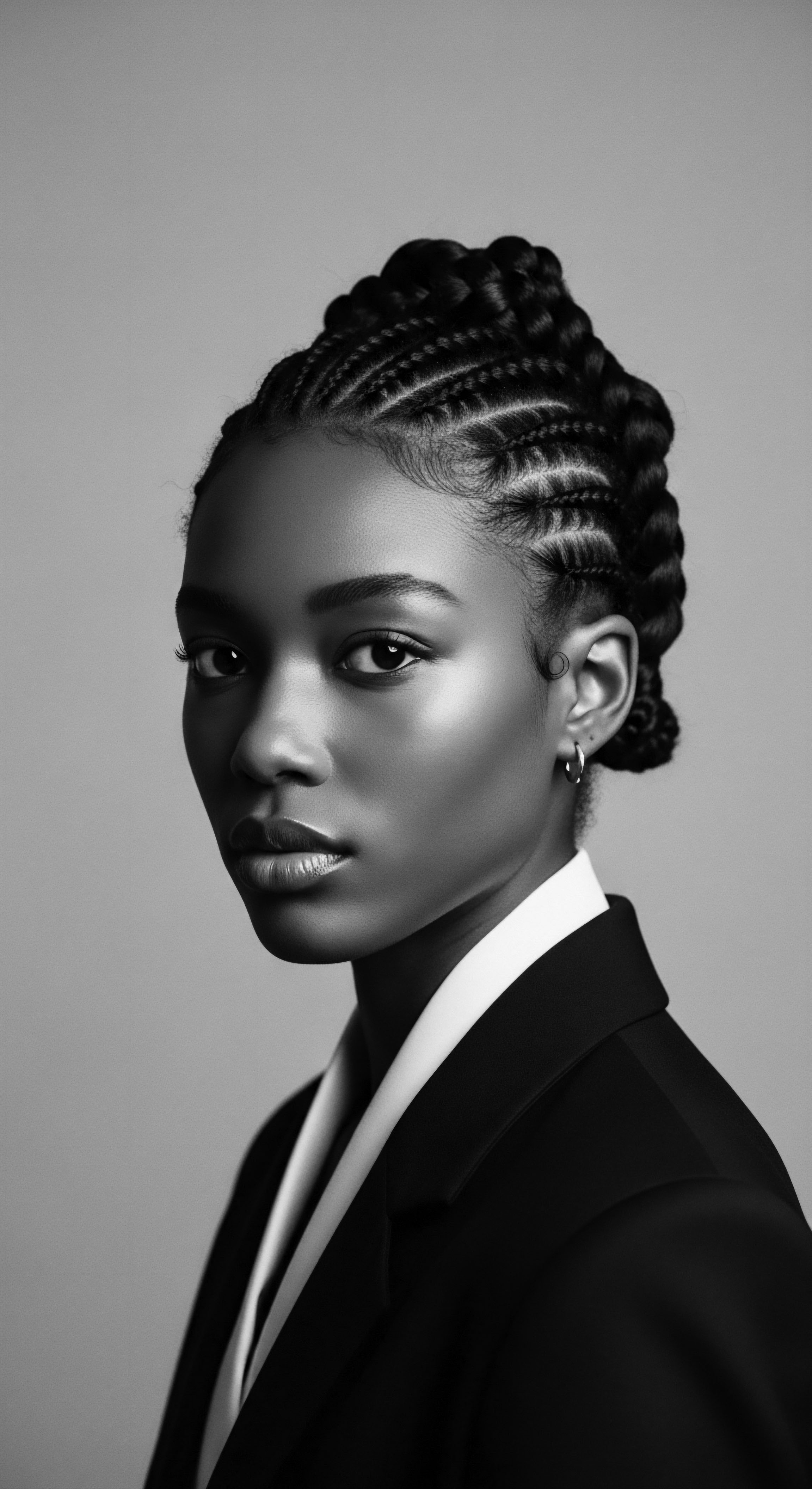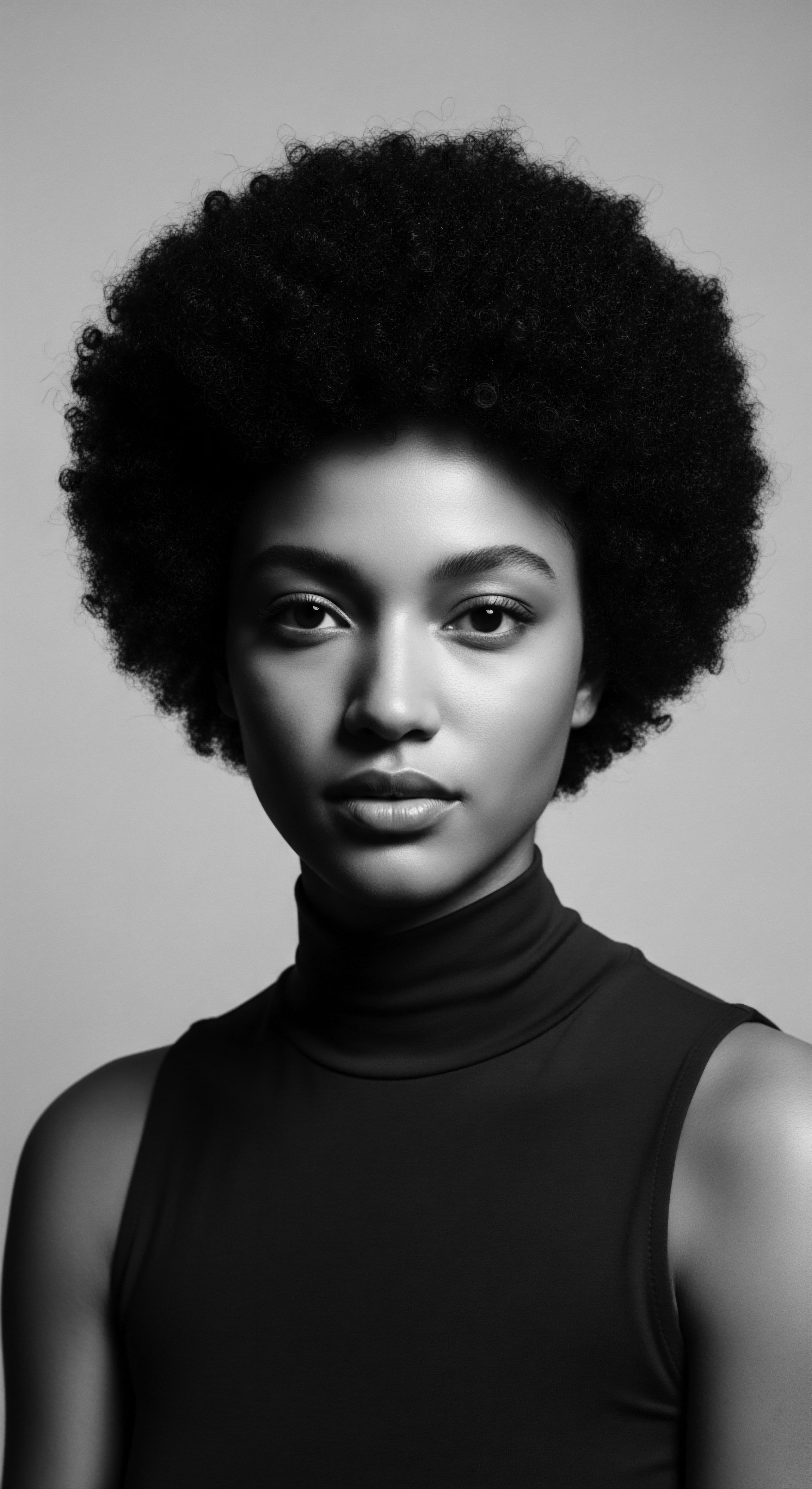
In what ways do communal hair care rituals convey historical narratives and cultural meaning?
Communal hair care rituals transmit historical narratives and cultural meaning through shared practices, embodying the enduring heritage of textured hair.
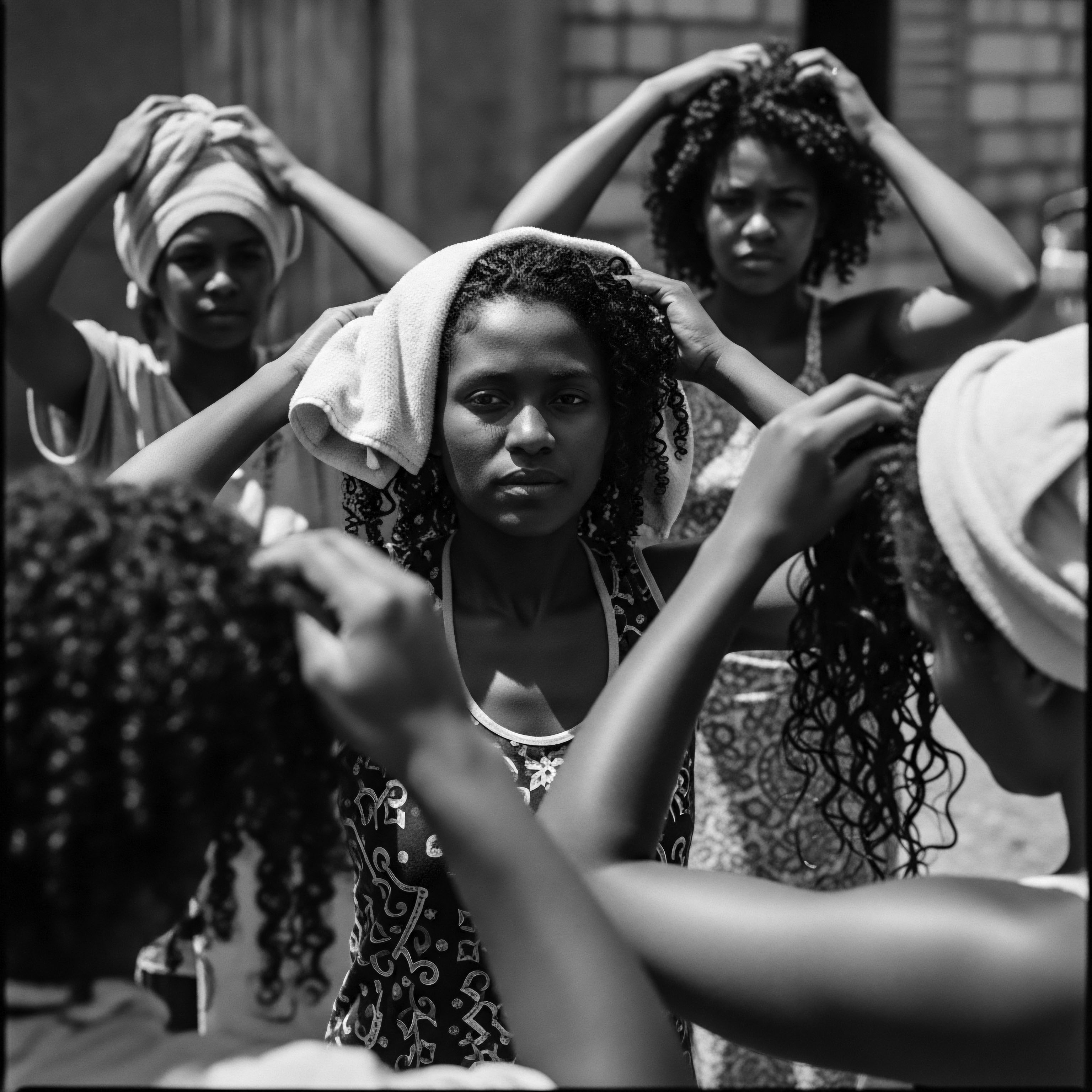
What is the cultural significance of shea in West Africa?
Shea in West Africa represents a deep lineage of care, embodying traditional beauty practices and empowering women within textured hair heritage.

How did ancient cultures prepare hair clays?
Ancient cultures prepared hair clays by grinding natural minerals and blending them with oils or botanicals for cleansing, styling, and symbolic adornment.

What historical biases against Black hair does the CROWN Act address?
The CROWN Act addresses historical biases rooted in Eurocentric beauty standards that deemed Black hair unprofessional and denied opportunities.
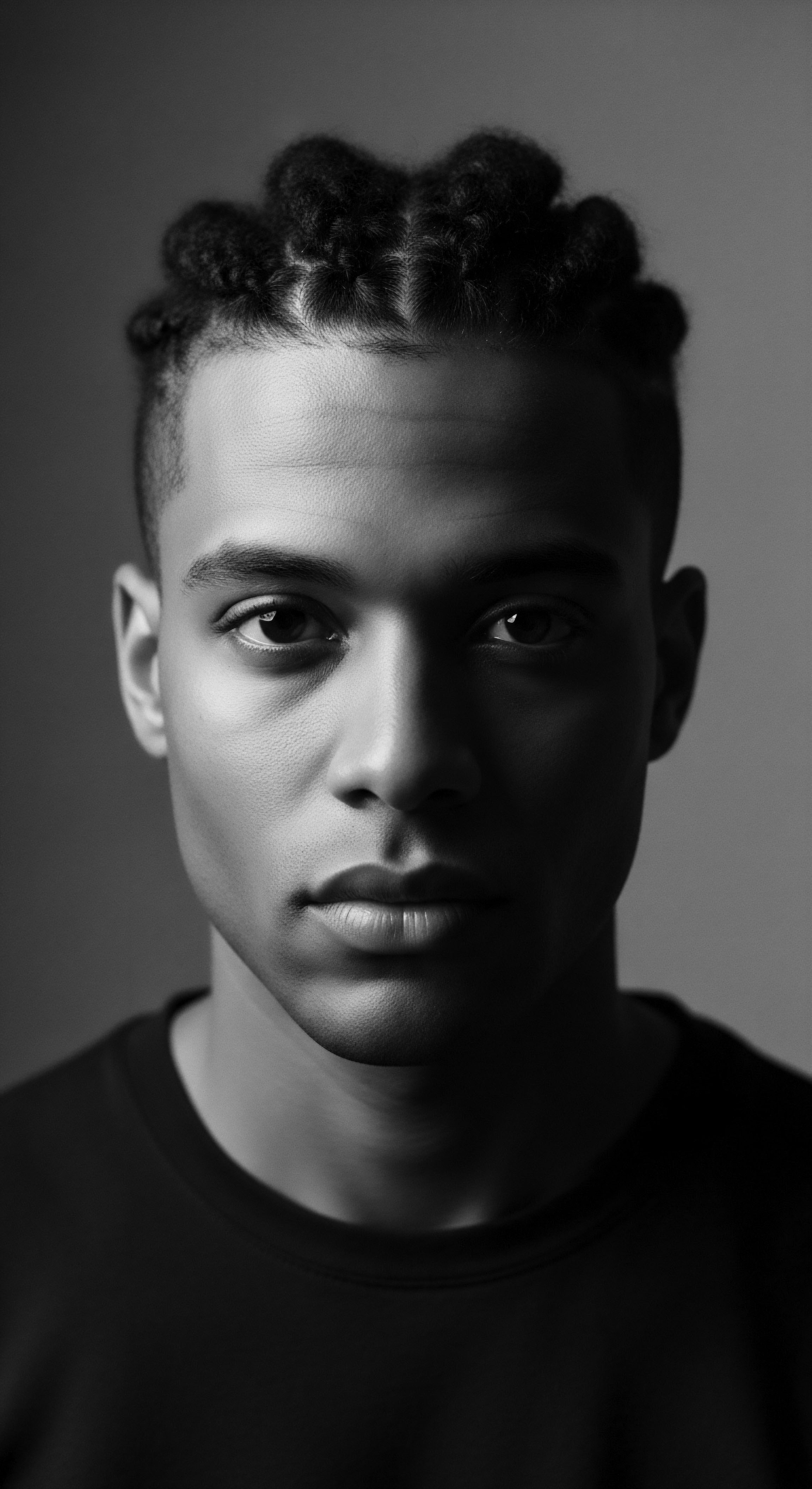
Textured Hair Density
Meaning ❉ Textured Hair Density signifies the number of hair strands per scalp area, reflecting visual fullness and cultural heritage in textured hair.
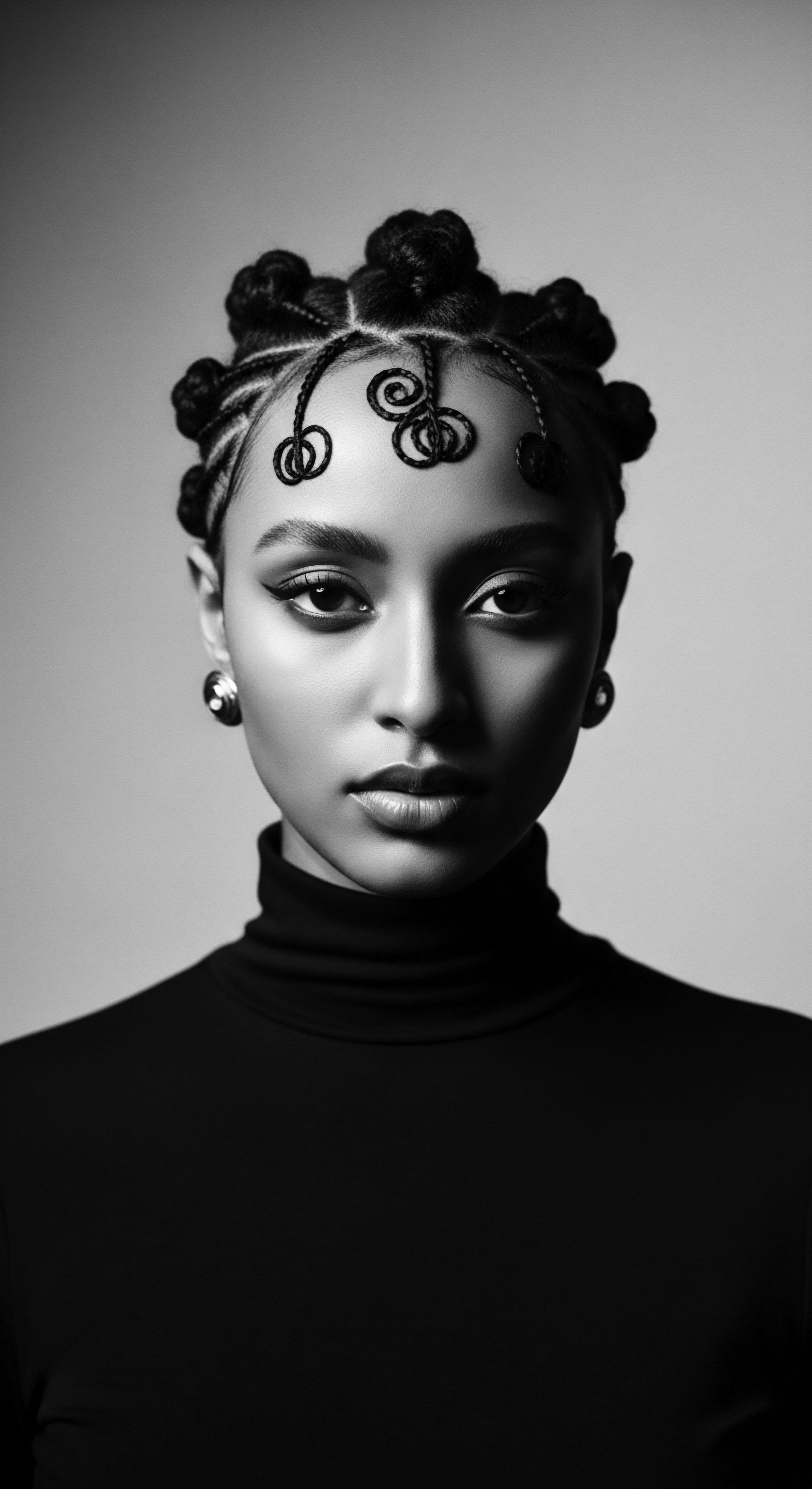
What ingredients did traditional African communities use for hair health?
Traditional African communities used plant-derived oils, butters, and herbs, applied through intricate rituals that celebrated textured hair heritage.
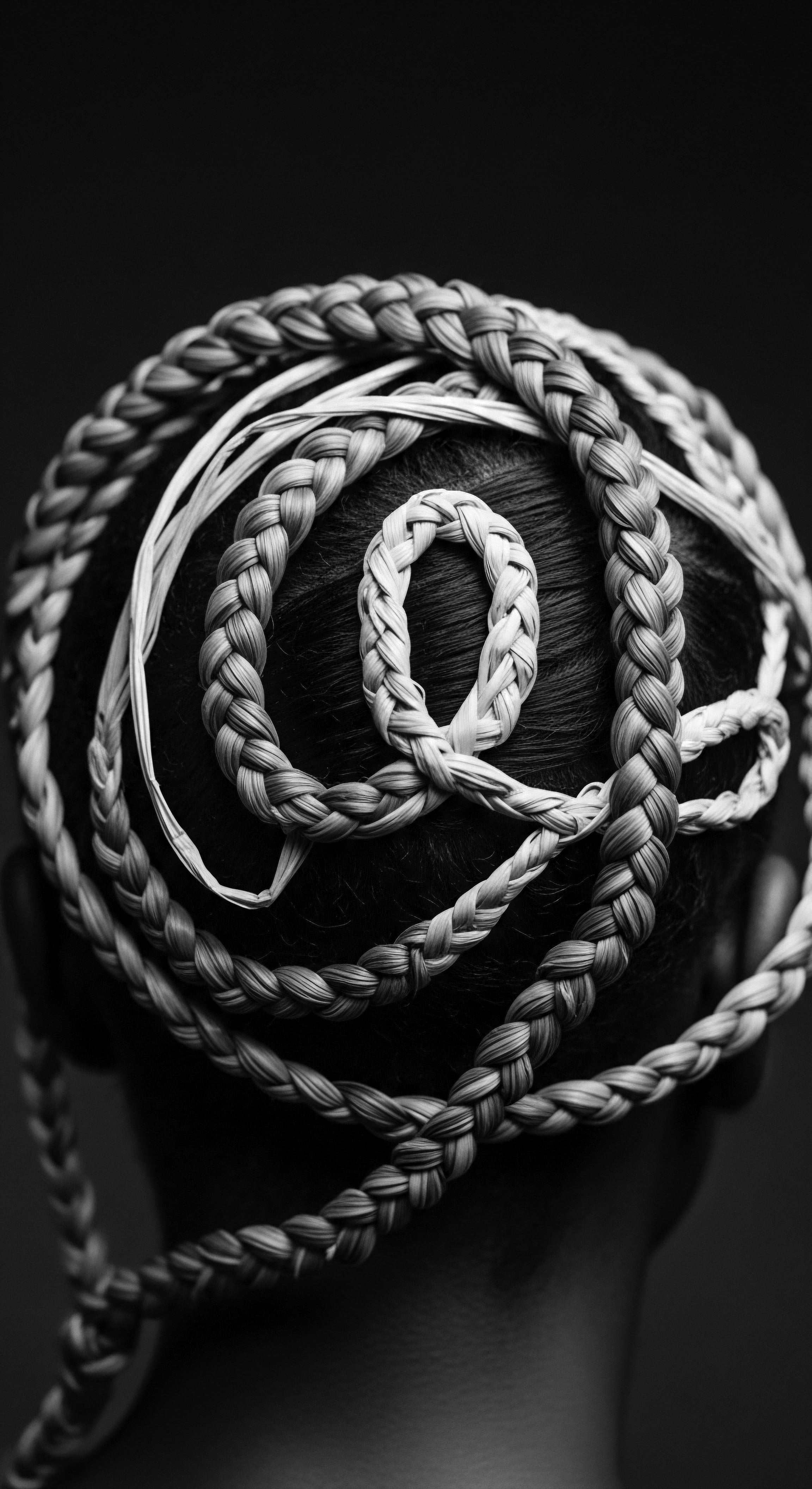
Ulmus Rubra Ethnobotany
Meaning ❉ Ulmus Rubra Ethnobotany explores the historical and cultural significance of slippery elm, especially in textured hair heritage.

